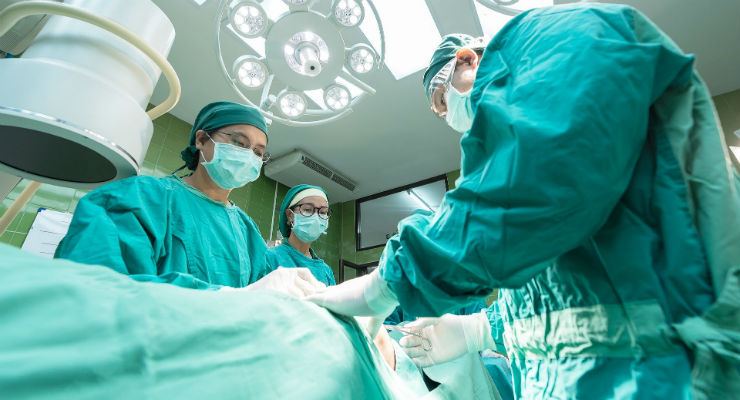COVID-19 to Impact U.S. Orthopedic Procedures This Year
By GlobalData | 06.02.20
More than eight in 10 musculoskeletal procedures are being delayed, postponed or cancelled, estimates GlobalData.
Nearly 83.5 percent of all the orthopedic procedures performed in the United States are estimated to be delayed, postponed or canceled due to COVID-19, as they are considered to be elective and non-essential, according to GlobalData, a data and analytics company.
Eric Chapman, a medical devices analyst at GlobalData, said: “GlobalData estimates only 16.5 percent of orthopedic procedures performed in the United States are essential. The top essential procedures include traumas, amputations, and oncological procedures. Dislocations and fractures, including hip, pelvis, and forearms, should only be considered for treatment in urgent cases.”
According to GlobalData, the elective procedures can be broadly segmented as fractures that are older than four weeks, chronic joint conditions, total joint replacements, and spinal fusions. The top 10 procedures account for 62.5 percent of the total volume and include knee, hip, and shoulder replacements and spinal fusion procedures. These surgeries are being delayed during the COVID-19 crisis. While painful, outcomes will not be affected by delaying surgery.
The American Academy of Orthopedic Surgeons and American College of Surgeons recommend delaying elective surgeries to prevent the spread of COVID-19 and spare the use of beds, ventilators, and equipment. If possible, essential procedures and cases of anterior cruciate ligament tears, acute traumatic rotator cuff tears, femur or tibia fractures, and arthroscopy should be conducted in outpatient settings.
As many states have now passed peak numbers of COVID-19 cases, these guidelines are being modified to allow for the resumption of clinical activities and reopening facilities for elective surgery in multiple phases.
Chapman concluded: “GlobalData estimates procedures such as total knee replacements to resume by mid-June when the number of new COVID-19 cases declines to around 0.75 per 100,000 of the population. It will likely take at least one year for procedure numbers to return to pre-COVID-19 levels. Medical centers should organize staff and resources to prepare for an influx of patients.”
Eric Chapman, a medical devices analyst at GlobalData, said: “GlobalData estimates only 16.5 percent of orthopedic procedures performed in the United States are essential. The top essential procedures include traumas, amputations, and oncological procedures. Dislocations and fractures, including hip, pelvis, and forearms, should only be considered for treatment in urgent cases.”
According to GlobalData, the elective procedures can be broadly segmented as fractures that are older than four weeks, chronic joint conditions, total joint replacements, and spinal fusions. The top 10 procedures account for 62.5 percent of the total volume and include knee, hip, and shoulder replacements and spinal fusion procedures. These surgeries are being delayed during the COVID-19 crisis. While painful, outcomes will not be affected by delaying surgery.
The American Academy of Orthopedic Surgeons and American College of Surgeons recommend delaying elective surgeries to prevent the spread of COVID-19 and spare the use of beds, ventilators, and equipment. If possible, essential procedures and cases of anterior cruciate ligament tears, acute traumatic rotator cuff tears, femur or tibia fractures, and arthroscopy should be conducted in outpatient settings.
As many states have now passed peak numbers of COVID-19 cases, these guidelines are being modified to allow for the resumption of clinical activities and reopening facilities for elective surgery in multiple phases.
Chapman concluded: “GlobalData estimates procedures such as total knee replacements to resume by mid-June when the number of new COVID-19 cases declines to around 0.75 per 100,000 of the population. It will likely take at least one year for procedure numbers to return to pre-COVID-19 levels. Medical centers should organize staff and resources to prepare for an influx of patients.”













